
A school at Labertouche was opened in 1882 and continues to operate.
THE SCHOOL AN EARLY HISTORY
The first request for a school at Labertouche was a petition presented by John Medley, of Buln Buln on 17 April 1880 stating “We have been resident here for some years and our children have consequently had no opportunity of receiving education.” The petition was signed by locals whose children would likely be attending the school.
Alex McDonald (8 children), James McDonald (5), Richard Boyd (2), John McLure (1), R.A. Bunning (6), David Devenny (4), Francis Robinson (4) and Patrick Gleeson (6). A total of 36 children.
Inspector Hepburn reported 21 February 1881. The population were all selectors and it was doubtful if it would be permanent. About 13 children of school age lived within two miles of the proposed site and about 10 (Robinsons, Gleesons and Devennys) Within 2 miles. A school would have a probable average attendance of 20, a far cry from the 36 initially listed. Was this due to settlers “moving on”, or was the initial petition filled with names of children not of school age?
A site of five acres in the north-west corner of Bunning’s selection, which was recommended by School Inspector Hepburn, was suitable in every respect. It was recommended to be a full-time school in a portable building with teachers’ quarters and listed probable pupils as: Boyd. (2), McNab (4), Shaw (2), McClure (1), Robinson (3), Bunning (4), Gleeson (4), Devenny (3). 23 children.
The Department applied for the site recommended by Inspector Hepburn, but there was a delay until a surveyor could mark it out.
Eight months later the Department Was notified that the 5 acres had been reserved for school purposes.
Someone cautiously added a note:- ‘Before sending a building I think it would be advisable to obtain a report as to number of children presently available. Again the number of possible attendees (as supplied by local settlers) seemed inflated when compared with those numbers supplied by the Department. The numbers supplied by the settlers was:
Francis Robinson (4), Donald McNub (5), Richard Boyd (2), Edward Shaw (4), John McClure (1),Robert Bunning (6), James McDonald (6), Alexander McDonald (8), John Toban (2), Patrick Gleeson (6), Dave Devany (5). Total 49. Curious numbers when compared with the Departments 23.
The next information regarding the set-up of the school comes not from the Department, but from the contractor who was to deliver the building to site. A letter to the Department in January 1882 urged the Department to accept the tender for the job prior to the Winter rains, or the entry road would become impassable, and therefore the contract would not be honored.
These were, unlike modern portables, a set of materials cut to size and sent to be put together on the chosen site. Labertouche school materials weighed 10 tons. Building materials cost £21/l/6.
The school was completed early in July 1882. The building had one classroom, with two small rooms attached for the teacher. Teachers were charged rent of £4 a year for the quarters, but few used them. They preferred to board with one of the farmers.
Alice Devlin, the first teacher who opened the school on 12th September 1882, was given permission to sublet the two rooms in 1883. Mr. J. McCarthy used them to store some spare timber which might be useful for repairs, then Sinclair Rogers built himself a two-roomed house in the school grounds.
The only teacher to occupy the quarters was James Fry and his wife, in 1905. Attendances apparently declined. J. McCarthy wrote in June 1889 that it was not likely to maintain an average attendance of 20. Another school about the same size was to be opened soon at Fraser’s Mill, four miles away, and he asked if the two were to be combined on a part-time basis. This never eventuated and in time Fraser’s School closed, and the pupils were sent to Labertouche School.
In subsequent years the school was subject to a lack of maintenance. New teacher Emily Allen reported that the walls of the school had an old appearance because they had not been painted since it was built. Apparently, the previous teacher Mr McCarthy wrote to the department insisting that “At my own expense I made sundry small repairs more than was provided for by the maintenance – and I left everything in far better state than I received it twelve months previously. Church of England service was held in the school room once a month and if the place was as bad as represented someone in the congregation would have remarked so to me. Instead of that one of them said to me that it was never before kept in such good order”
A few months later Sinclair Rogers took charge and reported its dilapidated condition, outhouses were decaying, one door off hinges and a pan door missing, floor rotting. School needs painting inside and out, porches need flooring, lower weatherboards decayed, and it is impossible to clean spouting until a ladder is provided. “The school is surrounded by logs which l am trying to burn off with the help of the children, but I fear we shall not be able to clear them all,”
There were soon problems because of small attendances in district schools, and in 1903 Labertouche was combined with Jindivik North (also known as Maisey’s Mill). Mr, Fry taught at Labertouche three days and Jindivik North two days a week.
Labertouche was not happy about this. A. McDonald, W. Bissett, S. Rogers, J. Kydd, Wm. Ferris, W. Proctor and W.H. Collins signed a letter asking that Labertouche school be again full-time. Someone in the Department wrote on the letter:-
Average Attendances 1903
Jan Labertouche 12 Jindivik North 11
Feb Labertouche 18 Jindivik North 11
Mar Labertouche 20 Jindivik North 7
Apr Labertouche 19 Jindivik North 6
More letters passed back and forth. The Department was reluctant to close Jindivik North, but it was so far from other schools it could be combined only with Labertouche. It tried, by shifting the school three miles further from Labertouche, to pick up enough children to qualify for a full-time teacher. That attempt failed. It was closed 6 June 1905 and Labertouche became full-time again.
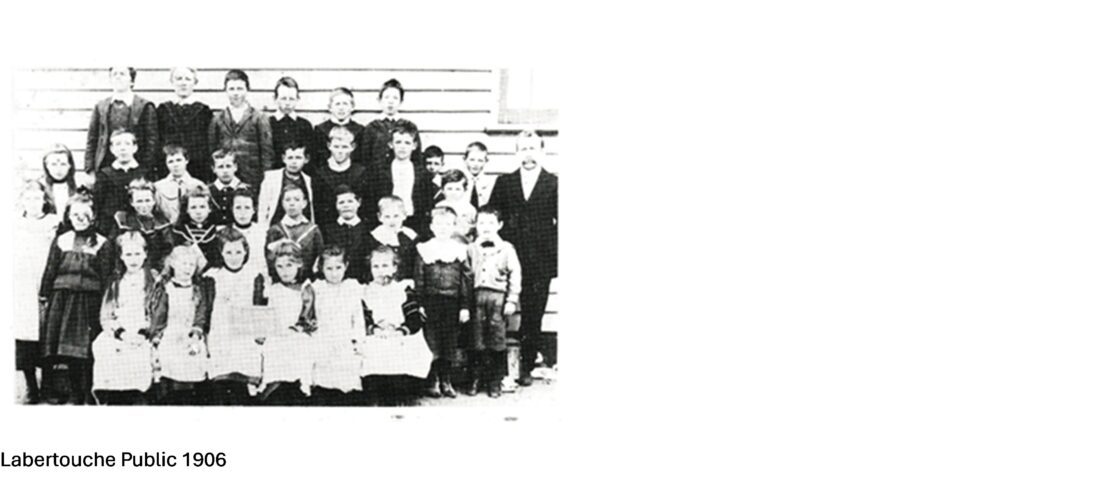
FIRES
Gippsland was becoming well settled, many selectors were burning off and as forests were removed the land was becoming so dry that bush fires were likely. They were particularly bad in 1898, and Labertouche did not escape.
28 February 1898
Fire swept through the School grounds on Friday, 25th last and burnt one of the outhouses (closets).
Then in 1906, fires raged again.
21 February 1906, the Sinclair Rogers reported:
“I have the honor to report, I am sorry to say, that a fire occurred at the school yesterday and it was burned to the ground.”
Apparently, some of the children had lit a small fire in the teacher’s quarters. School had to go on. A building, 20 ft by 10 ft was leased from John Alcorn for £4 a year. The school was to carry on as part-time school with Jindivick North as present attendance didn’t not warrant a new building on the site.
So Labertouche’s misfortune had been Jindivik North’s opportunity. Meanwhile the Inspector of Works tried to find a buyer for material which could be salvaged. There was only an iron chimney and some twisted roofing iron, worth perhaps 2 pounds. A local resident offered 12/6 and the Department was told it was not likely to get a better offer because of the distance from Drouin and state of the roads. It dithered and finally got nothing.
A new school had to be built. Local man John Alcorn tried to get some action happening by saying that the lease on his land for building, could only be extended till August of that year, therefore pushing the Department to stop dithering about. A petition was presented to the Department with 23 signatures representing the number of students which were to attend the new school once built. A note in the Department files shows these numbers to be as low as 14. Perhaps the locals had “rung in” a few extra names to boost the population of the school. The Department was reluctant to build a new school given the differing numbers of potential students, but they did agree to the residents building a hall and having it used as a schoolhouse. The Department would consider giving financial assistance under this arrangement, although the amount is unclear. The locals went ahead and raised the money to build the new school at a cost of 55pounds. The Board of Advice chipped in with 5 pounds, and the Department generously covered 25 pounds. The remainder was money raised by the locals, 30 pounds.
The new school was finished in January 1907, and classes began in March of that year. The school’s attendance over the next few years was modest at best, and the Department suggested an amalgamation with Jindivik North.
The school was back to full time running in 1911, even though attendance was as low as 9.
In 1926 the school once again was under threat of fires. The school was badly damaged, but not beyond repair, and hopes were high that the school would reopen. By December of 1927, all tuition at the school had ceased. Students were sent to Longwarry for schooling or schooled remotely (a difficult option in the day). In June 1931 District Inspector Mr J Bacon visited the school and noted:
“There are 7 pupils of school age living close to the school, and a new flax plantation being developed nearby which could alter the school population once the families working there move in. The residents claim that they paid almost all the money for this building, with the exception of about 25 pounds paid by the Department, and state that they will oppose the removal of the building on those grounds.”
The Department said Warragul West needs it more, and the building was moved In 1933.
So Labertouche was without a school, but the Department still had 5 acres set aside for one. There had been an increase in the number of school age children, and the Labertouche Hall was leased to accommodate the schooling. This was to be a temporary measure, therefore making the Department aware of the need for a permanent school on the 5 acre site up the road.
After a few years of this arrangement, The Hall Committee was getting tired of it’s tenant, with the Department continually asking for upgrades to the hall for schooling purposes, and advised the Department that the lease would be terminated on September 30.
In August 1949 a new Inspector Mr Curtis visited the town and announced that the building at Keysborough be removed, and relocated on the site at Labertouche.
And so Labertouche at last had a permanent school. When the building opened in April 1951, attendance was 14.
From there the school grew over the years with many additions, and an increase in student numbers compelling the Department to appoint a second teacher or teacher’s aide.
Interestingly Lionel Rose Australian Aboriginal boxer, born at Jacksons Track settlement near Labertouche attended Labertouche Primary School.
In 1973 a plaque was unvelied commemorating the school’s first teacher
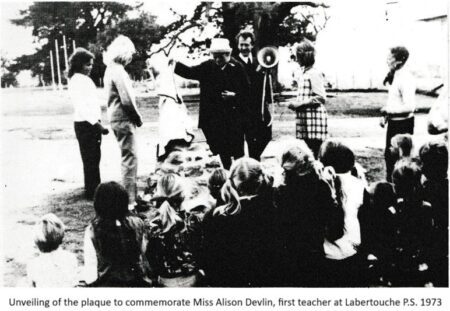
Below we have included some old photos, and some more recent class photos of Labertouche school. The school owes a great debt to those locals who believed in the school and fought to have a permanent place for their children’s education in Labertouche. Today the school stands strongly in the District, and long shall it continue to thrive.
Some of the wonderful school photos from over the years. Do you recognize anyone? If so, please let us know.
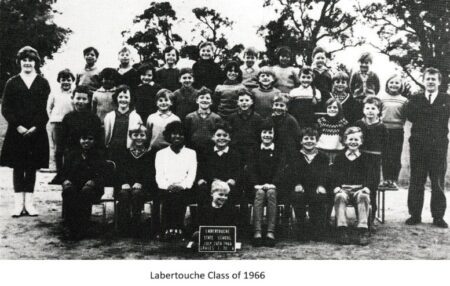
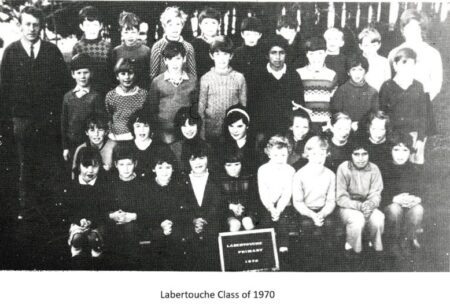
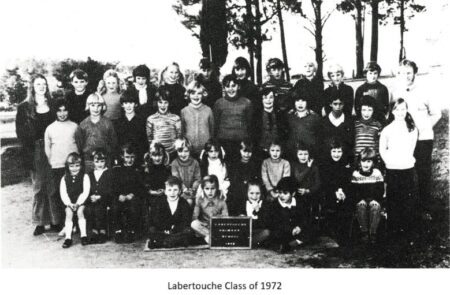

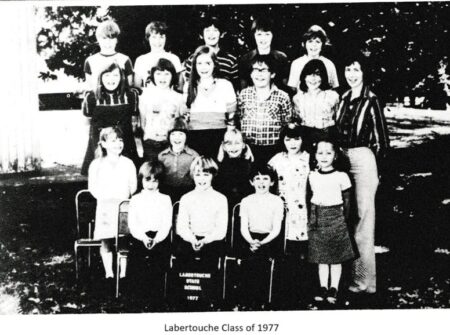
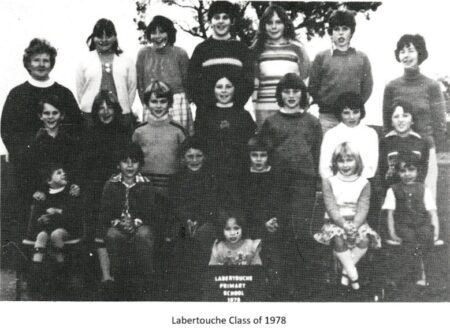
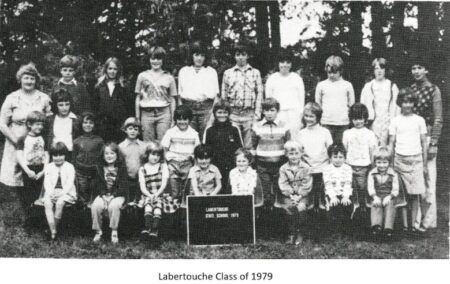
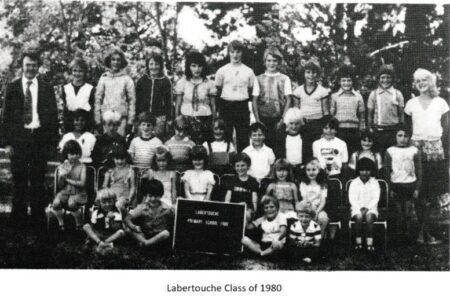
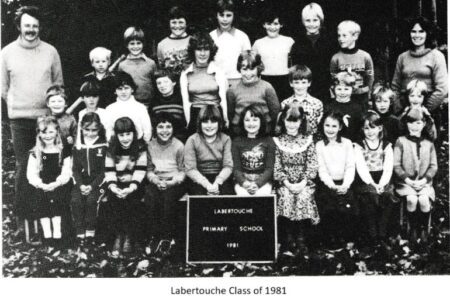
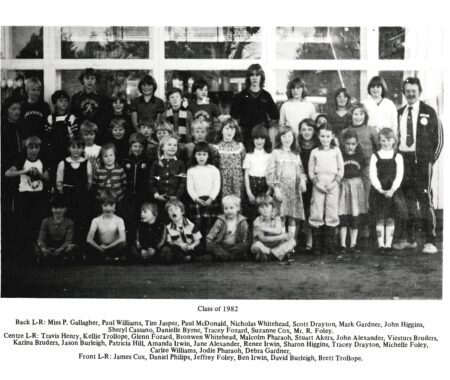
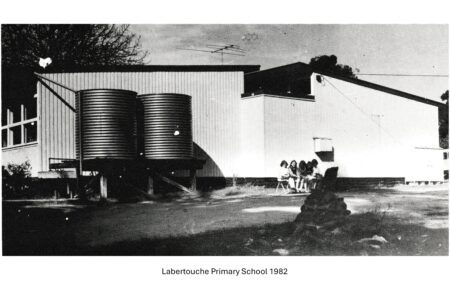
Comments